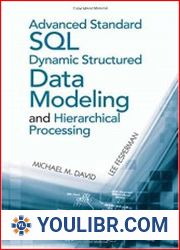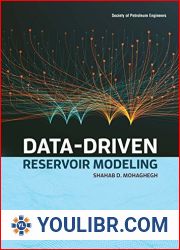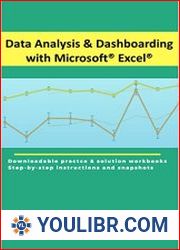
BOOKS - Data Modeling with Microsoft Power BI Self-Service and Enterprise Data Wareho...


US $8.55

64732

64732
Data Modeling with Microsoft Power BI Self-Service and Enterprise Data Warehouse with Power BI (Final Release)
Author: Markus Ehrenmueller-Jensen
Year: 2024
Number of pages: 526
Format: EPUB
File size: 11.9 MB
Language: ENG
Year: 2024
Number of pages: 526
Format: EPUB
File size: 11.9 MB
Language: ENG
Data modeling is the single most overlooked feature in Power BI Desktop, yet it's what sets Power BI apart from other tools on the market. This practical book serves as your fast-forward button for data modeling with Power BI, Analysis Services tabular, and SQL databases. It serves as a starting point for data modeling, as well as a handy refresher. Author Markus Ehrenmueller-Jensen, founder of Savory Data, shows you the basic concepts of Power BI's semantic model with hands-on examples in DAX, Power Query, and T-SQL. If you're looking to build a data warehouse layer, chapters with T-SQL examples will get you started. You'll begin with simple steps and gradually solve more complex problems. This book is your companion on your journey to gain a comprehensive understanding about the steps needed to make building reports in Power BI Desktop and Power BI Report Builder, and creating measures in DAX, easier. Power BI supports a wide variety of data sources (covering databases from different vendors, like Microsoft, Oracle or Teradata; flat files, like CSV, text, or Excel; web services like an https link to a web page, etc.). The only way to get data into Power BI is through Power Query. It’s best practice to add calculations as (explicit) measures in DAX (as opposed to calculated columns in DAX or as columns in Power Query or in the data source). Creating calculated tables in DAX should be an exception; depending on your skills and preferences, you will implement transformations to shape the data model either in Power Query (in the user interface or by writing code in the M language) or in the data source.














































